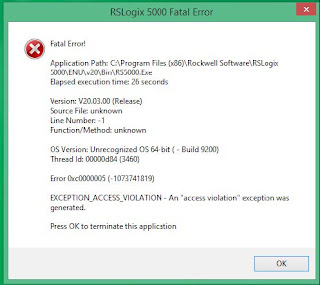Hazardous Area Protection
The IEC Ex scheme, issued by the International Electrotechnical Commission (IEC) is the first international certification scheme in the world and certificates issued under this scheme will be accepted by all member countries which include UK, France, Germany, Australia, Canada and USA. Australian Standards are following IEC Standards with Australia being a member country of the IEC Ex certification scheme.
According to the IEC Ex scheme, In order to select electrical apparatus for use in hazardous areas it is necessary to have the following information:
- The Area classification
- The Apparatus or Gas group
- The 'T' rating or the ignition temperature of the hazard
- The required IP rating of the apparatus
1. The Area Classification
The areas are classified into ZONES, and these zones are based on the frequency of the appearance of an explosive atmosphere and the duration for which it can last.
Zone 0: An area in which an explosive gas air mixture is continuously present or present for long periods.
Zone 1: Combustible or conductive dusts are present. Area in which an explosive gas air mixture is likely to occur for short periods in normal operation.
Zone 2: An area in which an explosive gas-air mixture is not likely to occur, and if it occurs it will only exist for a very short time due to an abnormal condition.
Zone 20, Zone 21, and Zone 22 are zones where hazardous dusts or fibers are present.

Zone 20, Zone 21, and Zone 22 are zones where hazardous dusts or fibers are present.

The type of protection for gas/vapour.
| Zone 0, 1 and 2 | |
|---|---|
| Ex ia | Intrinsically Safe |
| Ex ma | Encapsulation |
| Ex d | Flameproof |
| Ex ib | Intrinsically Safe |
| Ex p | Pressurised Enclosed |
| Ex pl | Purged Enclosure |
| Ex px | Purge/pressurised |
| Ex py | Purge/ pressurised |
| Ex mb | Encapsulation |
| Ex e | Increased Safety |
| Ex s | Special |
| Ex m | Encapsulation |
| Ex o | Oil Immesion |
| Ex q | Powder/Sand Filled |
| Zone 2 | |
|---|---|
| Ex n | Non Sparking |
| Ex pz | Purge/Pressurised |
| Ex ic | Intrinsic Safety |
2. Apparatus or Gas Group
Gases and vapours are divided into two main groups.
| Group I | Coal Mining industry (Methane or Firedamp) |
| Group II | Other Industries |
| Group IIA | Propane, Butane |
| Group IIB | Ethylene, Butadiene |
| Group IIC | Acetylene, Hydrogen |
3. Temperature Class or 'T' Rating
The source of ignition in a hazardous area cna be an arc or a spark or even a hot surface. Since electrical equipment generates heat in normal operation we need to ensure that a hot surface on electrical apparatus cannot ignite a surrounding explosive gas atmosphere or a dust cloud or layer. The maximum surface temperature of the equipment should not exceed the ignition temperature of the gas or vaour based on an ambient of 40ºC.
| T Rating | Maximum Temperature |
|---|---|
| T1 | 450ºC |
| T2 | 300ºC |
| T3 | 200ºC |
| T4 | 135ºC |
| T5 | 100ºC |
| T6 | 85ºC |
For more information about hazardous area protection classifications, please visit the Rockwell's white paper.



Comments
Post a Comment